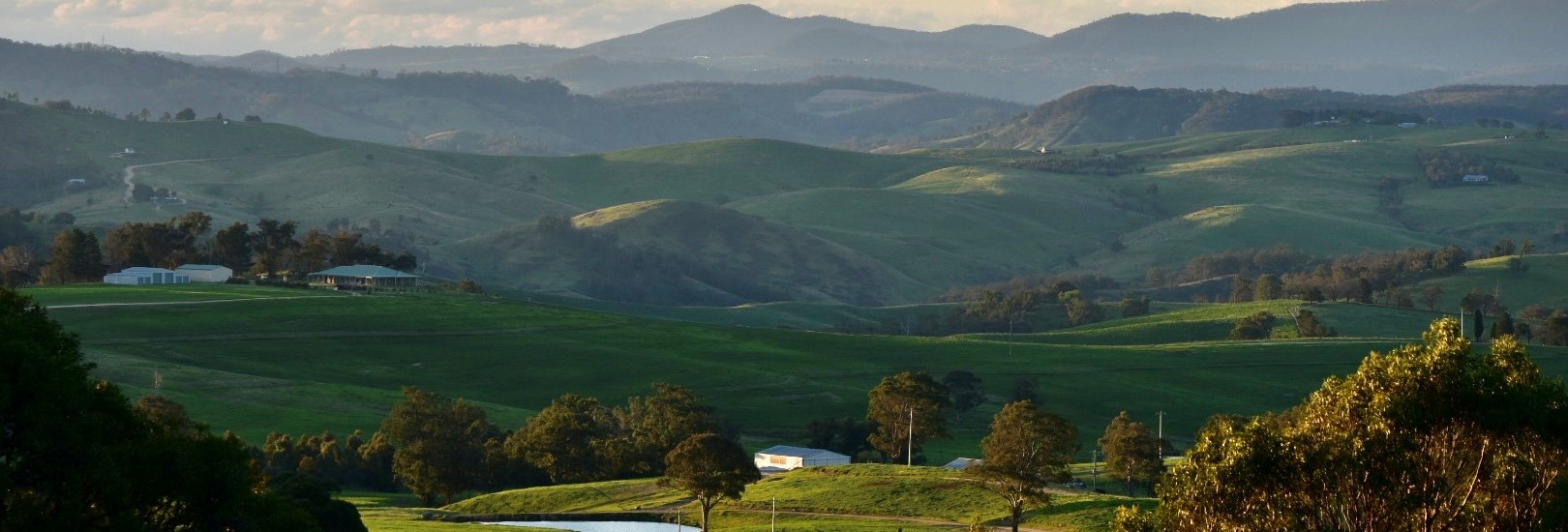Introduction to Land
The topics in this theme describe the condition of our land and its ability to provide ecosystem services and suitable habitat for native species and ecosystems.
The natural environment is subject to disturbance from human uses of the land and associated land management practices. Managing the land sustainably and maintaining the quality of habitat for natural ecosystems and wildlife enhances their prospects for survival in the longer term. Fire is an integral part of the natural environment and essential to the growth and reproduction of many natural systems and Country, but altered fire regimes are a threat to the sustainability of ecosystems and species.
Healthy soils provide essential ecosystem services and the primary productivity that supports natural ecosystems and the economic prosperity of the state. The health of soils in NSW and recent changes in condition are described in the topic. Changes in the extent and condition of native vegetation and the quality of habitat it provides, as well as recent trends in clearing rates, are discussed in . The preservation of ecosystems and habitats is covered in the topic. The impacts of fire and altered patterns of burning on the health of ecosystems and species, especially too much fire, are discussed in the topic.
In this report:
- While native vegetation covers 69% of NSW, the ecological carrying capacity of this vegetation is estimated at just 31% of natural levels in the aftermath of the 2019–20 Black Summer fires.
- Since 2018, more than 300,000 hectares have been added to the public reserve system, which now covers around 9.6% of land in NSW.
- In contrast, permanent clearing of native woody vegetation in NSW has increased about three-fold since 2015 and stands at an average of 35,000 ha cleared each year. Permanent clearing of non-woody vegetation, such as native shrubs and ground covers, occurs at an even higher rate.
- Soil resources in NSW are generally in a moderate condition. Ongoing declines are mainly due to acidification caused by intensified land use, with the added recent hazard of wind erosion levels which has increased four-fold over the past three years due to prevailing weather conditions.
- The Black Summer fire season was the most severe ever recorded in NSW with about 5.5 million hectares burnt. It is estimated a billion animals were killed, burnt or displaced in NSW. Where fire history is available, an estimated 62% of vegetation is now under pressure from too much fire.
Aboriginal Perspectives
Everything is connected. How we use and care for the land/Country impacts its health. Healthy land/Country means not only healthy plants, animals and ecosystems but also healthy people.
Country is more than a place. It is our soul and our identity. We speak about Country like we are speaking about a person, taking care of our lives in every aspect – spiritually, physically, emotionally, socially and culturally.
In 2021, NAIDOC invited the nation to ‘heal Country!’ – a call for stronger measures to recognise, protect and maintain all aspects of Aboriginal and Torres Strait Islander cultures and heritage. To understand the state of our environment is to understand what the environment means to Aboriginal people. Caring for Country is not just an ambition, it is Aboriginal Lore. From the beginning, Aboriginal people have protected Country. This has included the use of cultural burning, also known as fire-stick farming, which has helped to shape the biodiversity, ecology and character of our Country.
For generations, Aboriginal peoples have been calling for stronger action and to be a part of protecting all Country. To do this better and to learn requires understanding, recognition, respect and promotion of Aboriginal people’s rights to culture and Country and working with Aboriginal peoples as partners in the development and implementation of policies and programs.
Aboriginal peoples have been caring for the land and Country from the beginning and they embrace the opportunity to teach the wider community about Aboriginal culture and land management practices. The combination of Aboriginal cultures and western sciences into all types of land management will enhance environmental outcomes.
The NSW Our Place on Country Aboriginal Outcomes Strategy 2020–23 outlines ways to respectfully embed Aboriginal cultural knowledge and empower Aboriginal voices in decision-making. The strategy encourages working together to advocate for and celebrate the living history of Aboriginal communities that have existed within our state for thousands of generations.
In the spirit of NAIDOC in 2021, and in recognition of our people, we say heal Country, heal our nation.

